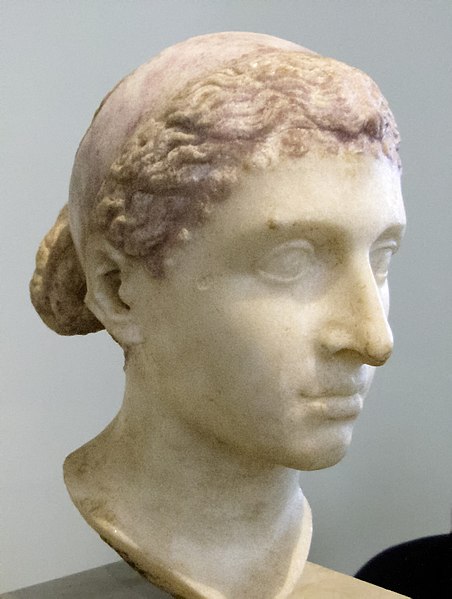The Ptolemaic dynasty: The end of Ancient Egypt
The Ptolemaic dynasty: The end of Ancient Egypt
The Ptolemaic dynasty: The end of Ancient Egypt
-
Hannah
-
Hannah

Ptolemy VI at Edfu Temple
On this blog, tying in with my novel Song of the Nile, I write about all kinds of aspects of Ancient Egypt, from monuments and tombs to pharaohs and gods. But what brought this amazing and long-lasting civilisation to an end? The answer, in part, is the reign of the Ptolemy rulers.
First, let’s rewind a little to set the foundations for the Ptolemaic dynasty. In 525 BC, the Persians invaded Egypt and took control. Their dynasty lasted over 100 years. Then the Persians invaded Egypt again in 343 BC, and ruled until 332 BC. Then along came Alexander the Great of Macedon (an Ancient Greek kingdom). He was intent on conquering countries, and he named himself the king of Egypt.
The death of Alexander the Great opened the way for his friend, Ptolemy, a Greek general. Pharaoh Ptolemy I Soter founded the Ptolemaic dynasty, beginning almost 300 years of Ptolemaic rule. This period is known as the Hellenistic period, extending from the death of Alexander the Great until 30 BC and the death of Cleopatra VII (more on this later).
To keep things simple (but perhaps rather confusing), there was a naming convention in the dynasty: kings were named Ptolemy and queens were named Cleopatra or Berenice. The last rulers bearing these names were Ptolemy XIV, Cleopatra VII and Berenice IV.
Often, kings and queens were siblings, and to keep the throne in the family, they believed in inbreeding (it is thought that this caused various health issues). Dispite their close connections, though, royals had no qualms about removing family members who were in their way: at least ten royals were murdered over the course of the dynasty.
The Ptolemaic dynasty was characterised by power. The kings wanted to be accepted as divine rulers of Egypt, and to encourage this they built temples (Dendera, Edfu and Philae), and in artworks they were depicted in the traditional Egyptian fashion. Yet at the same time Ancient Greek (Hellenistic) culture was introduced to Egypt, and as these cultures were made to coexist, over time the mix eroded Egyptian traditions.
In 52 BC, following the death of her father Ptolemy XII, Cleopatra VII became joint ruler with her brother Ptolemy XIII. After his death, she married her brother Ptolemy XIV. Once she’d had Ptolemy XIV assassinated, she became pharaoh in her own right. Cleopatra’s life is a whole story in itself. Suffice it to say here that Cleopatra was embroiled in conflict, and when the Romans conquered Egypt in 30 BC, she took her own life. This marked the end of the Ptolemaic dynasty and the beginning of Roman rule.

The Berlin Cleopatra, mid-1st century BC
By now the Ancient Egyptian culture was much diminished, but it was not entirely lost for hundreds of years, as evidenced by the cult of Isis at the Temple of Philae, which I explain in my book The Island of Philae. At Philae was found the last-known inscription in Egyptian hieroglyphs, dating back to AD 394.
As I write this article, I feel a sense of loss – for so many years of history and a truly great civilisation. But such is life, such is history. We march on into the unknown.

The Island of Philae: available to buy now
Photo credits: 1) Sergio Luiz Damiati/Shutterstock.com; 2) Louis le Grand, source.